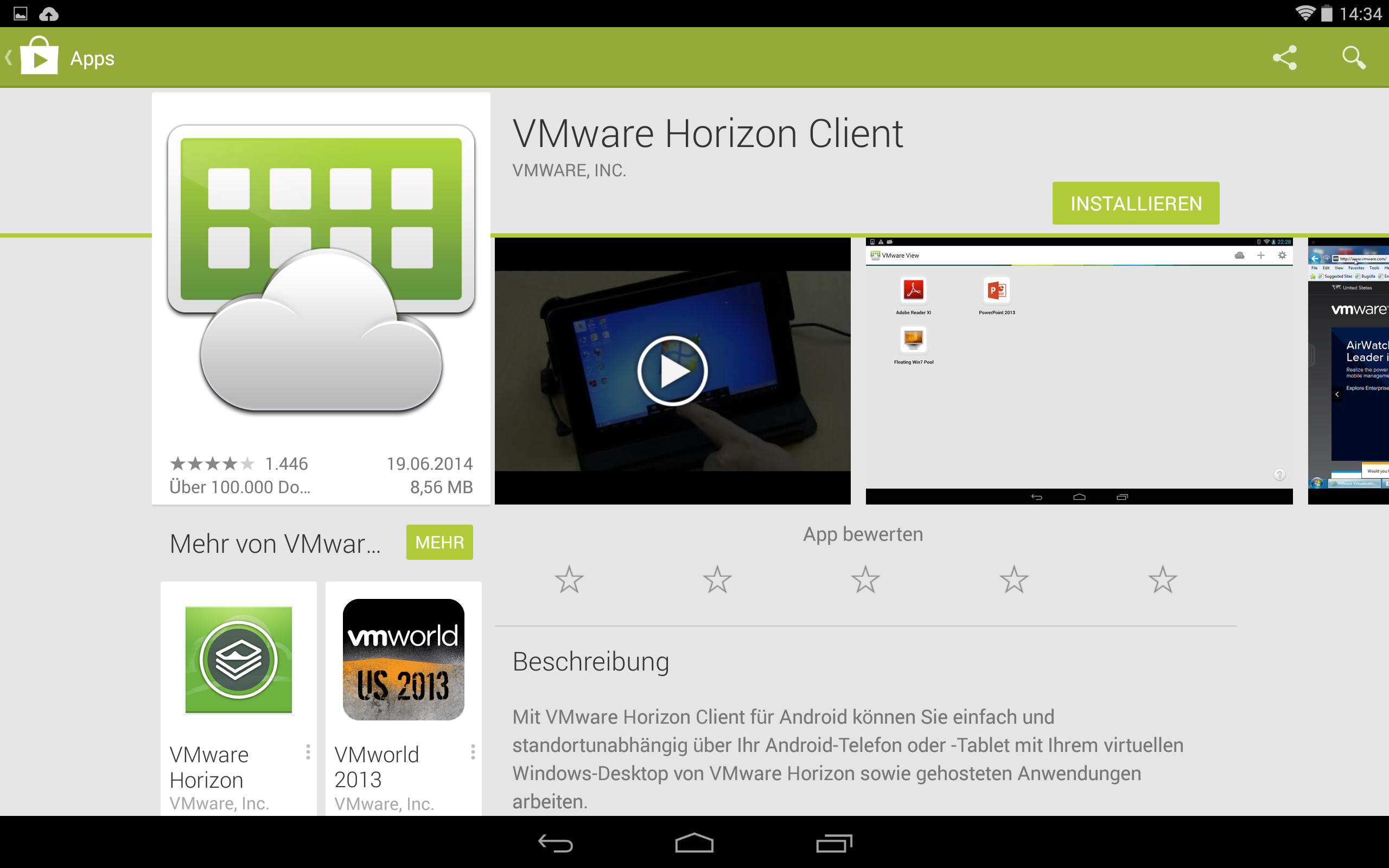


Inside this registry key, there will be a key named with a GUID. The path for this registry key on a 64-bit machine is HKEY_LOCAL_MACHINE\SOFTWARE\WOW6432Node\VMware, Inc.\VMware VDM\Client\Installer\. Horizon has a single installer that is used for both 32-bit and 64-bit Windows, so the location of this key will depend on what version of Windows you have installed. There is also a registry key that shows installed features for the Horizon Client on Windows. This registry key is located at HKEY_LOCAL_MACHINE\Software\VMware, Inc.\Installer\Features_HorizonAgentĪs you can see in the attached screenshot, features that are available have a value of “Local.” Features that aren’t available, ie those that were not installed, as listed as being “Absent.” Inside your virtual desktops and RDSH servers, there is a registry key that shows all of the features available in the Horizon agent and whether they are available locally. Thanks to a tip from a couple of my colleagues, including William Uhlig and Dan Berkowitz, there is an easier way to see what was installed with the Horizon Agent. You could reinstall the agent or client to make sure the component you need is there. You want to try out something in Horizon that requires a change to the Agent or Client, but you can’t remember if it’s been installed. Let’s say you have a desktop pool or RDSH Farm.


 0 kommentar(er)
0 kommentar(er)
